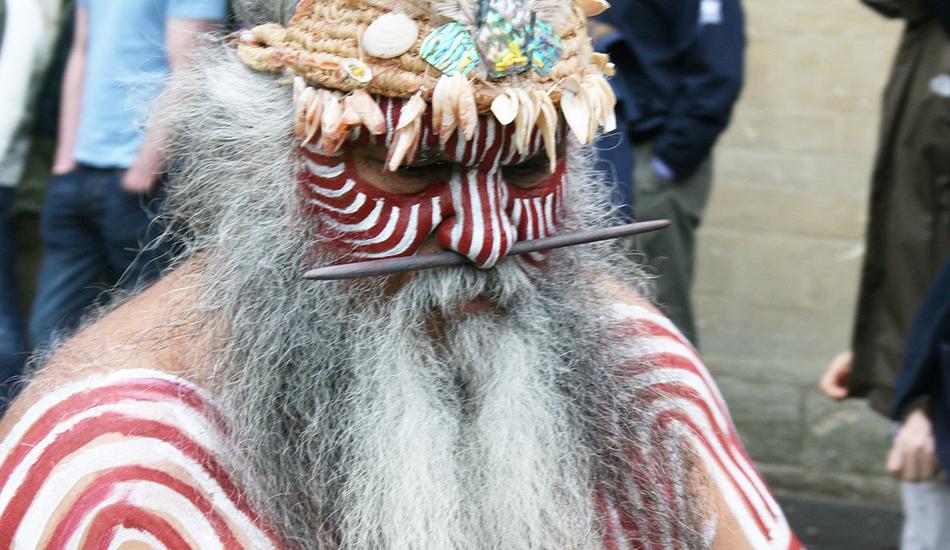Zhou Xiaoping is a renowned Chinese-Australian artist. For the past 30 years, he has been working closely with the Australian Aboriginals and their communities in Australia and developing new styles of art while showcasing to the world the rich cultural heritage of its oldest native population.
Valuing Aboriginal art
Xiaoping was a traditional Chinese painter for much of his early life. In 1988, he moved to Australia. After the 1989 Tiananmen Square incident, Xiaoping decided to stay back in the country. However, unlike other Chinese painters in Australia, Zhou never restricted himself to urban areas. He started exploring an art form very few Chinese have ever researched — Australian Aboriginal paintings.
A visit to a local land council in Alice Springs brought Xiaoping in touch with the native community. To his surprise, Xiaoping found them to be very interested in him, partly because Asian tourists were rare. From there, he came into contact with other Aboriginal communities in Western Australia and the Northern Territory, learning their art styles for the next three decades.
During this time, Xiaoping developed a close relationship with the renowned artist Johnny Bulunbulun. “He wanted to know what I’m thinking when I’m painting, how do I think … I know he tried to figure out how I relate to his country, the landscape, the connection,” Xiaoping said to ABC News.
Xiaoping has felt a distinct change in the way he paints since he set foot in Australia. Earlier, he used to draw whatever came into his vision. But the close relationship with Aboriginal communities made Xiaoping move away from an art style purely inspired by sight. Nowadays, he draws what he feels, giving more emphasis to the emotions surrounding a subject rather than its form alone.
However, he is unhappy that some side effects have taken root as a result of protections awarded to the Aboriginal communities. “We know that according to their tradition, everything related to the deceased, such as their art, writing, names or portraits, should be removed after they passed away. Things like the exhibition are not allowed… This is the overprotection because the Aboriginal people themselves are not sticking to the tradition anymore,” Xiaoping said to SBS.
Xiaoping and his multi-year collaboration with Aboriginal artists is the subject of a popular documentary. Called, Ochre and Ink, you can watch the trailer on YouTube.
Aboriginal art facts
Australian Aboriginal art is one of the oldest forms of artistic expression anywhere in the world. In the Northern Territory’s Arnhem Land, you can find art dating back almost 60,000 years. By definition, only artwork produced by a person belonging to a tribe is considered Aboriginal art.
A popular art style of the Aboriginals is the “dot painting.” The style developed with the arrival of European settlers. The tribes were apparently worried that the newcomers might understand their sacred knowledge, so they started creating paintings with dots.

By tradition, Aboriginal artists are banned from painting stories that do not come from their lineage. When looking to paint a particular story from their tribe’s history, an artist must obtain permission from the clan members. Plus, it is also critical that the artist sticks with the techniques native to that tribe.








